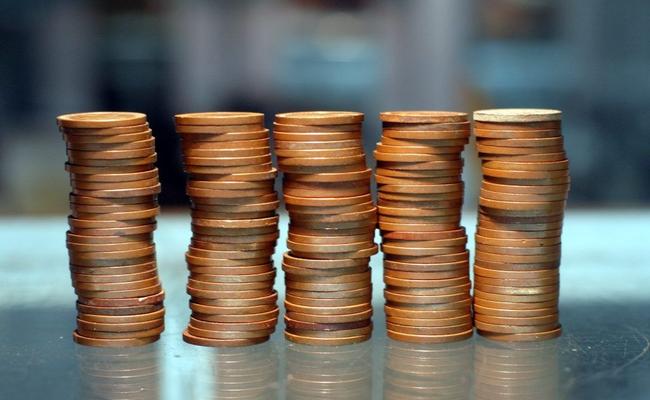Heads or tails, our coins have a remarkable history
The earliest currencies used were English coins and Spanish dollars brought in with the First Fleet.

Business
Don't miss out on the headlines from Business. Followed categories will be added to My News.
AS MILLIONS across the country embraced the quintessential activities synonymous with Australia Day - family barbecues, backyard cricket or a relaxing day at the beach - we used this national day of celebration to honour and reflect on our country's mighty dollar.
The Australian dollar, denoted as AUD or $A, is relatively young in comparison to other currencies around the world.
The earliest currencies used were English coins and Spanish dollars brought in with the First Fleet.
Bartering with wheat and rum was also a common means of exchange. But as the years passed, and with an ever-expanding colony, there was an increased need for a national currency.
Unofficial gold coins were used during the gold rush of the 1850s to compensate for the shortage.
Following Federation in 1901, the British silver and bronze coins continued to be used until 1910 when Australian Commonwealth silver coins were introduced.
Shortly after, bronze pennies and halfpennies were used, followed by the first series of Australian notes in 1913.
In February 1966 we adopted the decimal system, and dollars and cents replaced the pounds, shillings and pence.
In December of 1983, the AUD became a floated currency, a change believed to be one of the most profound economic policy decisions in Australia's modern history.
Five months later in May 1984, $1 coins were issued, followed by $2 coins in 1988.
The one and two cent coins were discontinued in 1990 and withdrawn from circulation in February 1992.
The first polymer banknotes were issued in 1988 by the Reserve Bank of Australia to commemorate the bicentenary of European settlement in Australia.
In 1996 we became the first country with a full set of circulating polymer banknotes in each denomination.
Today, the Australian dollar is one of the most traded currencies in the world, behind the US dollar, the euro, the yen, the pound sterling, the Swiss franc and the Canadian dollar.
Hope you had a happy Australia Day.
Originally published as Heads or tails, our coins have a remarkable history


